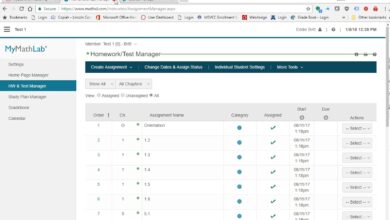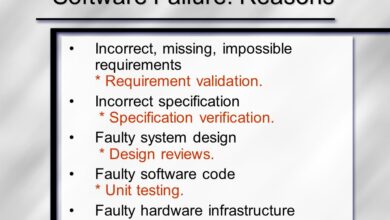The Essentials of LMS Integration in Modern Education

The integration of Learning Management Systems (LMS) into educational and corporate training structures represents a significant technological advancement in how learning content is delivered, managed, and tracked. LMS integration essentially involves connecting the LMS with other software systems to streamline processes and improve the efficiency and effectiveness of learning programs. This article provides a detailed overview of what LMS integration entails, how it works, and its benefits in the context of educational and training environments.
Understanding LMS Integration
At its core, LMS integration is the process of creating a seamless connection between a Learning Management System and other software applications or digital tools. This can include Student Information Systems (SIS), Customer Relationship Management (CRM) systems, content libraries, HR software, and more. The purpose of this integration is to ensure that data flows freely and securely between systems, automating processes that would otherwise require manual input.
How LMS Integration Works
LMS integration works by establishing a technical connection, often using APIs (Application Programming Interfaces) or specific integration tools provided by the LMS or third-party software. This connection enables the exchange of data and information between systems. For instance, integrating an LMS with an SIS can automatically update student records and course enrollments without the need for manual data entry.
Key Components of LMS Integration
- Data Synchronization: This is the process of ensuring that data across systems is consistently updated. For example, when a new student is added to the SIS, their information is automatically updated in the LMS.
- Single Sign-On (SSO): SSO allows users to access multiple software applications with one set of login credentials. This simplifies the user experience and enhances security.
- Content Integration: LMS integration can allow for the seamless use of content from external libraries or creation tools, providing a richer pool of resources for course development.
- Reporting and Analytics: Integrated systems can pull data from various sources to create comprehensive reports and analytics, offering deeper insights into the effectiveness of learning programs.
Benefits of LMS Integration
- Streamlined Processes: Integration reduces the need for manual data entry and management, thereby saving time and reducing the risk of errors.
- Enhanced User Experience: With integration, users – be they students, trainers, or administrators – have a more streamlined and cohesive experience. Functions like SSO make it easier to navigate between systems without the hassle of multiple logins.
- Improved Data Accuracy: Automated data synchronization ensures that information across systems is accurate and up-to-date, which is critical for effective administration and compliance.
- Customization and Flexibility: LMS integration allows institutions and organizations to customize their LMS according to their specific needs, choosing what functionalities to integrate based on their unique processes and goals.
- Scalability: As organizations grow and evolve, their LMS can scale with them. Integration capabilities allow for the addition of new functionalities and tools as needed.
LMS Integration in Action
In practical terms, LMS integration can look different depending on the needs of the organization. For example, in a corporate setting, integrating an LMS with HR software can streamline employee training processes, from onboarding to ongoing professional development. In educational institutions, integrating an LMS with an SIS can simplify enrollment processes, attendance tracking, and grading.
Considerations for Successful LMS Integration
For effective LMS integration, several considerations must be taken into account:
- Compatibility: Ensure that the LMS and the other systems in question are compatible for integration.
- Security and Privacy: Given that integration involves the sharing of data between systems, robust security measures must be in place to protect sensitive information.
- Customization Needs: Assess the specific needs of the organization or institution to determine what integrations are necessary and beneficial.
- Support and Training: Adequate support and training for administrators and users are essential for smooth implementation and use.
The Role of Teacher AI in LMS Integration
Teacher AI, or AI tools designed for educational purposes, can be part of an integrated LMS. These AI tools can automate grading, provide personalized learning pathways, and offer analytics and insights on student performance. Integrating teacher AI into an LMS enhances the system’s capabilities, making it a more powerful tool for personalized education and data-driven decision-making.
The Future of LMS Integration
As technology continues to evolve, so too will the capabilities and complexities of LMS integration. Future developments may see more sophisticated AI integrations, enhanced data analytics, and even more user-friendly interfaces. The continuous improvement of LMS integration technologies will further streamline educational and training processes, making learning experiences more efficient, personalized, and impactful.
Conclusion
LMS integration is a critical aspect of modern educational technology, offering streamlined processes, enhanced user experiences, and improved data management. As educational institutions and businesses continue to embrace digital transformation, the importance of efficient and effective LMS integration will only grow. With thoughtful implementation and ongoing management, LMS integration can significantly enhance the capabilities of learning management systems, contributing to more effective and efficient learning and teaching environments.



